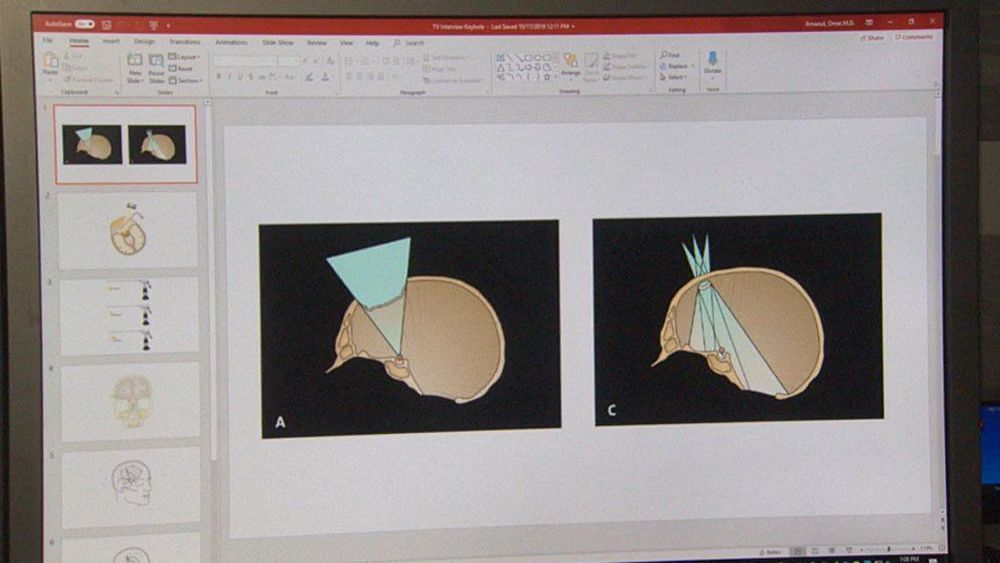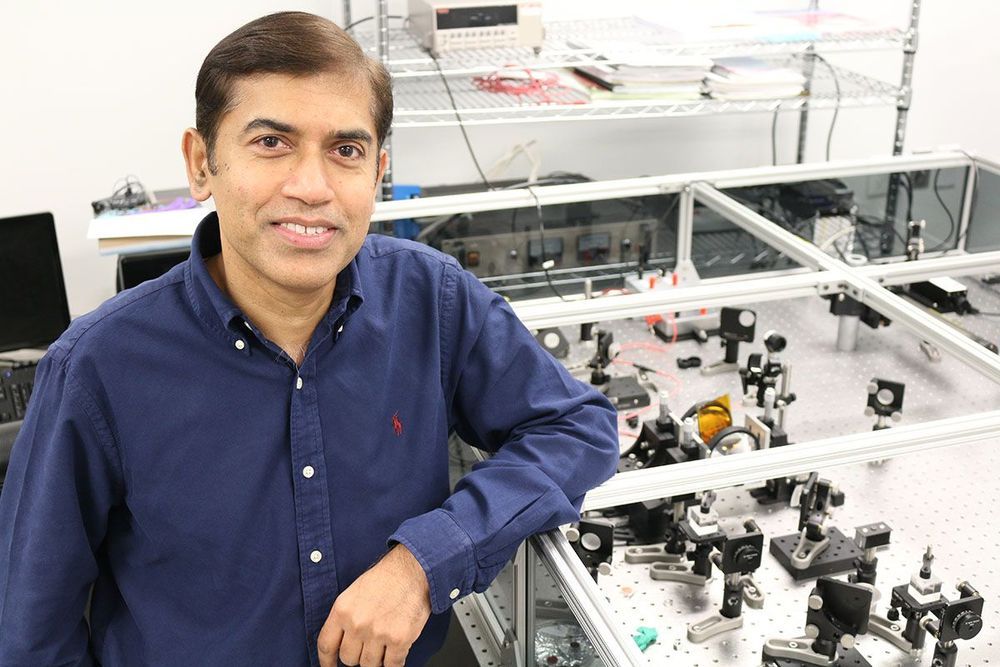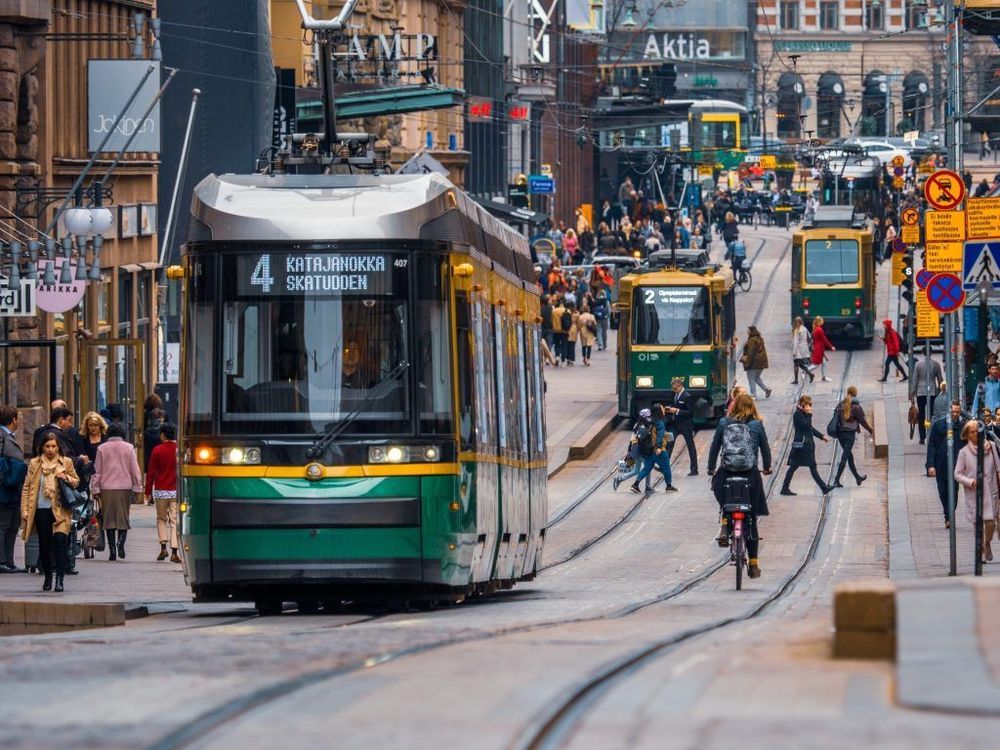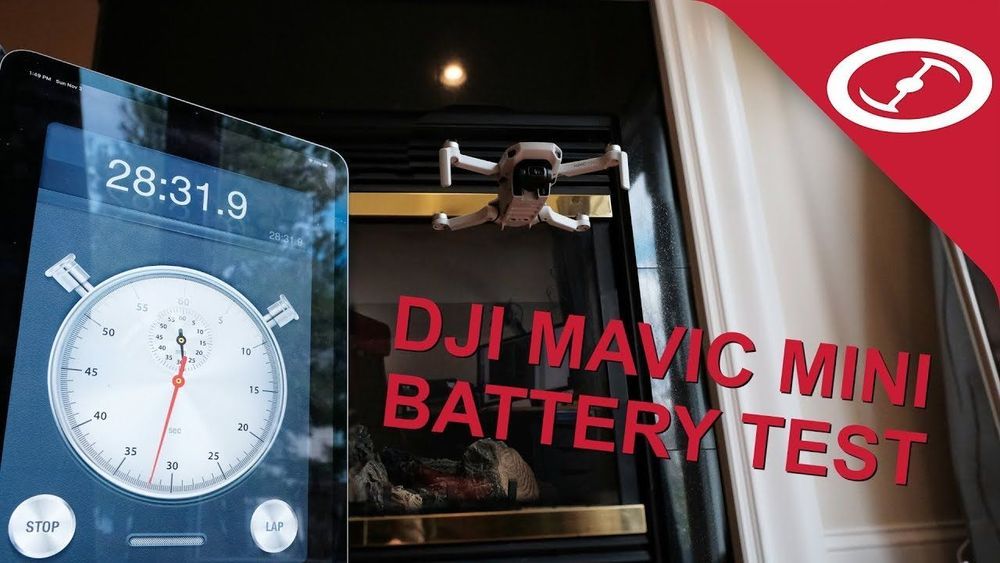(CBS) — Imagine giving birth to a premature baby and then being told you have a brain tumor. That’s what happened to a woman from Holden. But thanks to a new approach at Brigham and Women’s Hospital, this new mom was able to have brain surgery and quickly return to her newborn son.
At 27 weeks pregnant, Bethany Shea was diagnosed with preeclampsia and had an emergency C-section. Then she went blind.
“It was a pregnancy complication due to my high blood pressure,” Bethany explained.









